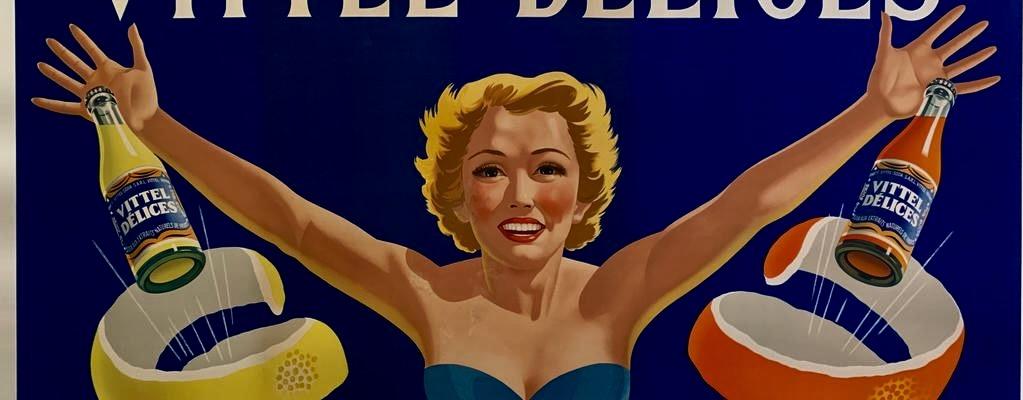The Poster Journal
Joaquim Pedro Ribeiro Araujo: A Lost Brazilian Artist

Joaquim Pedro Ribeiro Araujo was a Brazilian artist prominent in the 1960s. Since his decade of international fame, during which Joaquim was the first South American artist invited to exhibit in countries as distant as Thailand and Pakistan, Joaquim’s contributions to modern art have been tragically lost to the ages. Through his art, Joaquim successfully captured the rising spiritualism of the 60s. He surrounded himself with fellow avant-garde artists of the time, including Brazilian modern artists Amilcar de Castro and Helio Oiticica, as well as American pop artist Alex Katz. His philosophy can be summed up in this quote:
“I used to be troubled by the absence of unity of style and technique in my work, for these were the traditional concerns of artists. But now, I recognize that my urgent searching and state of unceasing dissatisfaction and anxiety are expressions of the mood of times… No longer troubled by the need for unity, I am striving for intensity”
Born in Rio Novo, Minas Gerais, Brazil, Joaquim graduated with a degree in accounting. He worked as a draftsman with an interior decoration and architectural studio, unknowingly aiding him in his future career as an artist. He finally began his lifelong studies in art at the School of Fine Arts of Juiz de Fora. Falling in love with not only the technical aspect of fine arts, but also the philosophical meaning, he continued his intellectual pursuit and enrolled in a variety of artistic classes. He participated in a Sao Paulo theater group “Pequeno Teatro Popular,” which one could credit for his flair of dramatic exhibitionism. He then focused on motion picture art at the Institute of Contemporary Art and Centro d. Vital before taking a few courses at the Museum of Art Sao Paulo. Yearning for more academic stimulation, Joaquim moved to Japan to follow his desire to create the art he had been studying.

Joaqium found great inspiration in Japan, especially in the Japanese woodblock prints that date back to the 8th century. He decided to stay in Asia, moving to Thailand where he delved further into his studies at the University of Fine Arts in Bangkok. He was well-accepted in Bangkok, as the local art scene was both fascinated and entertained by him. He began writing opinionated pieces for the arts section of the Bangkok World, oftentimes calling out artists whose works did not resonate with him. He wanted to prove his place as a serious artist and break the beatnik stereotype of the time. During his time in Asia, he developed strong ideas about the world around him. Before even opening his exhibition, Joaqium released a manifesto declaring his own beliefs, many of which were dismissive of the current art world. His manifesto surrounded the concept of ephemerality:
“Bothersome values are the ones that never change... Time space and situation vary. Values (laws, ethical principles, experiences) therefore become inadequate...Superior us he, who recognizing a new fashion, follows it.”

This was all shown in his work -- he never stuck to the status quo or tried to reflect what was popular at the time, saying, “my paintings are not just for decoration in the living room. I paint to create a universe.” His works are centered around people he saw in Japan, Thailand, Singapore, Malaysia, and Pakistan, all places where he held well-received exhibitions. He became the first South American to exhibit in Southeast Asia and the first Brazilian to exhibit in Pakistan, in an act of alliance between the Pakistani and Brazilian government. Though Joaquim’s works were visually bizarre at times or difficult to grasp, it was hard to critique a man who held such powerful faith in his own work and believed that nothing is unchangeable, even woodblock pieces.
Check out some of our original pieces by Joaquim:
-
On April 08, 2025, SATOSHI KURITA said...



Oi, Joaquim, você lembra de mim? Conheço você junto com a Clarice no apartamento da Santa Isabel.